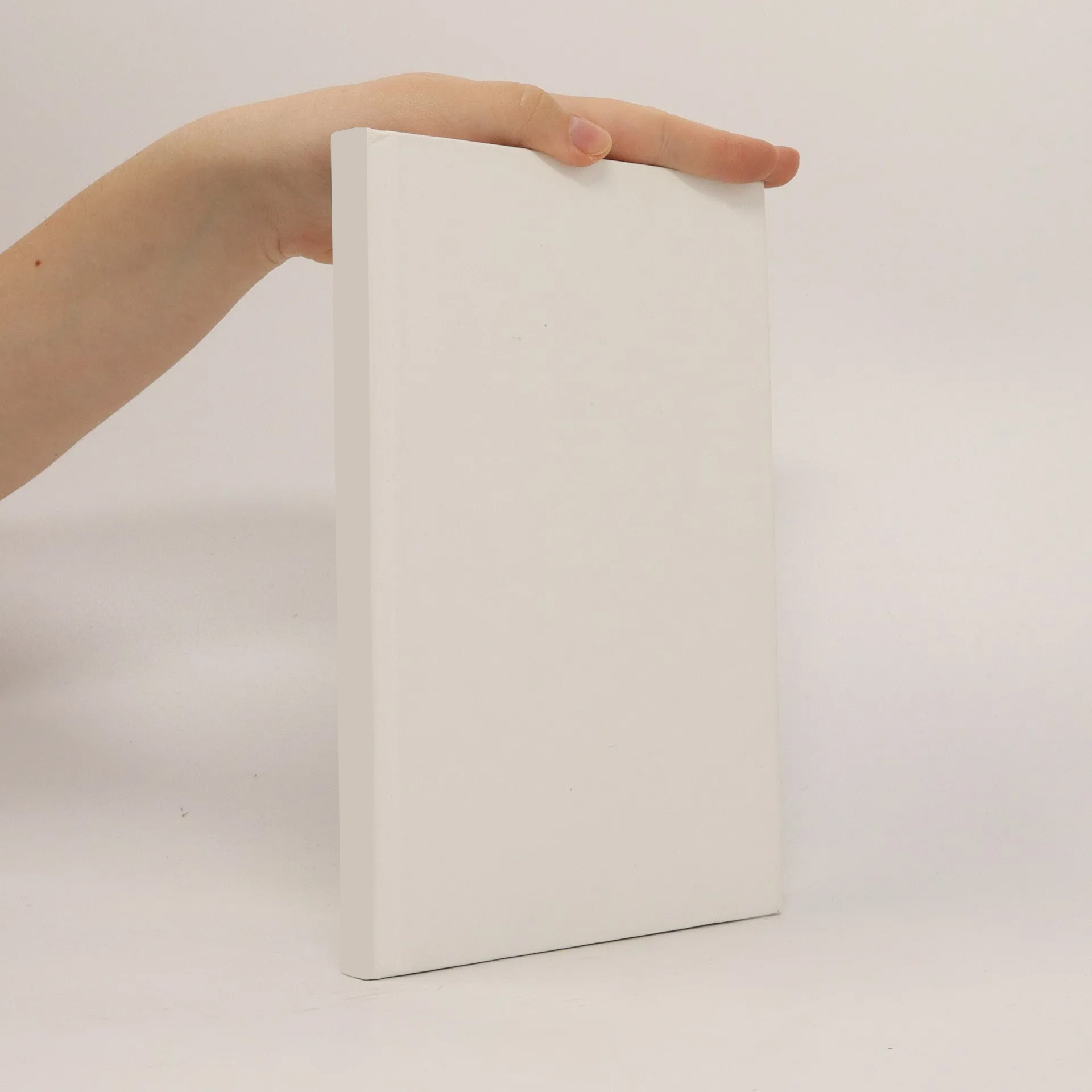
More about the book
Ewenki and Manchu exemplify the notable opposition within the Tungusic family between "more agglutinative" and "less agglutinative" languages, with Ewenki representing the latter and Manchu the former. Manchu's position has always been regarded as unique, often seen as slightly marginal. Traditionally, it has been interpreted that Manchu underwent significant changes due to Chinese and Mongolian influences, leading to its analytical tendencies, in contrast to the synthesis found in other Tungusic languages. For decades, historical interpretations have characterized Manchu as an innovative member, while other languages in the family are viewed as more conservative, retaining characteristics from the Proto-Tungusic period. Although the influence of Chinese on certain aspects of Manchu grammar is undeniable, many areas remain under-researched, particularly given the extensive documentation available. Similarly, while Mongolian influences are acknowledged, they have yet to be systematically described. This study aims to challenge the traditional view by examining morphological issues, suggesting that many analytical formations in Manchu may actually be Proto-Tungusic retentions that evolved into suffixes during the Common Tungusic stage, explaining their absence or partial presence in historical languages.
Book purchase
Tense, voice and Aktionsart in Tungusic, José Andrés Alonso de la Fuente
- Language
- Released
- 2012
Payment methods
We’re missing your review here.